Hands-on with the new Olympus OM-D E-M10 Mark III
The new Olympus OM-D E-M10 Mark III is superficially quite similar to its predecessor, but despite inheriting many of the same features, the feature set has been tweaked to make the new camera easier ? and more fun ? to use.
In this slideshow, we'll offer a quick tour of the new camera, and its most important features ? both old and new.
Hands-on with the new Olympus OM-D E-M10 Mark III
On the surface, the OM-D E-M10 Mark III is looks a lot like its predecessor, to the point of being virtually indistinguishable. Like all of the E-M10 models prior, it is absolutely tiny, while still offering a highly competitive feature set. This picture shows the E-M10 III with its equally tiny 14-42mm kit zoom detached.
Despite some control layout changes and the addition of 4K video, the E-M10 III is almost exactly the same size, and only 10 grams heavier than its predecessor.
Hands-on with the new Olympus OM-D E-M10 Mark III
Among cameras in what we might call the 'ultra compact' class, the OM-D E-M10 III stands out for its impressively usable control layout. Despite its diminutive size, it finds space for two control dials, and an impressive number of buttons. As such, full manual exposure control is possible, using dedicated control points.
Hands-on with the new Olympus OM-D E-M10 Mark III
For some reason I really wanted to write 'dedicated control pints' in that last slide (it's been a long week) which is as good a reason as any to stress ? again ? the pint-sized dimensions of the OM-D E-M10 Mark III. Turned off, with the 14-42mm kit zoom attached, it's jacket-pocketable.
Hands-on with the new Olympus OM-D E-M10 Mark III
And it doesn't get much bigger when the camera is turned on, and the lens extended. It's hard to describe in words, but while the E-M10 III is obviously a very small, beginner-focused camera, it has a very reassuring feeling of density to it. It's a plastic-bodied camera, but pleasantly 'unplasticky' in the hand.
Hands-on with the new Olympus OM-D E-M10 Mark III
Well lookee here, Olympus has even found room for a pop-up flash! The flash is mechanically extended by pushing the main off/on switch past 'on'. Don't expect to be able to light up a room with the E-M10 III's tiny little strobe, but it's better than nothing, and handy for fill-light.
Sadly, Olympus has removed the feature that allows the flash to remotely control off-board flashguns.
Hands-on with the new Olympus OM-D E-M10 Mark III
Here's a better view of that on/off switch (on the left) and the main control cluster, on the top right of the camera body. This image also shows off the redesigned grip, which includes much more sculpting around the base. Apparently, one of the most consistent pieces of feedback from OM-D E-M10 II users was that the camera was most comfortable with its accessory grip attached ? the Mark III definitely offers a firmer hold.
At the extreme left, you'll see a new 'Shortcut' button, that allows users to jump straight to the relevant settings screen for whatever shooting mode they're in.
Hands-on with the new Olympus OM-D E-M10 Mark III
For example in the AUTO, Scene (SCN), Advanced Photo (AP), and Art Filter (ART) AUTO, Scene (SCN), Advanced Photo (AP), and Art Filter (ART) modes, pressing the shortcut button initiates a graphic display showing various different scenes, which can be selected by touch.
Hands-on with the new Olympus OM-D E-M10 Mark III
The OM-D E-M10 III inherits its tilting, touch-sensitive rear screen from its predecessor. It's handy for high and low-angle shooting, but cannot tilt upwards for selfies.
The E-M10 Mark III's autofocus system has been subtly upgraded, from 81 in the Mark II points to 121 points, and AF point placement (and shutter release) is possible by touch. While it wouldn't be our first choice for action photography, the OM-D E-M10 III can shoot at an impressive maximum rate of 8.5fps, for up to 22 Raw frames or 36 JPEGs. This drops to 3.8fps if you need continuous autofocus, though.
Hands-on with the new Olympus OM-D E-M10 Mark III
Compared to the E-M10 II, the Mark III's dials and buttons have also been slightly revamped. They're slightly bigger for one thing, and the labeling is clearer.
On the right you'll see a little red button that serves to initiate movie capture. The biggest feature upgrade in the E-M10 Mark III compared to its predecessor is the addition of 4K video, at up to 30p. HD video is also available at all the usual frame-rates, with the addition of a 120fps capture option.
Hands-on with the new Olympus OM-D E-M10 Mark III
The rear four-way controller is now labeled, too, making it easier (and less confusing) to quickly adjust key settings without diving into a menu screen.
Hands-on with the new Olympus OM-D E-M10 Mark III
The OM-D E-M10 Mark III will be available soon for $649.99 body only, or $799.99 with the 14-42mm power zoom. What do you make of it?
Więcej...






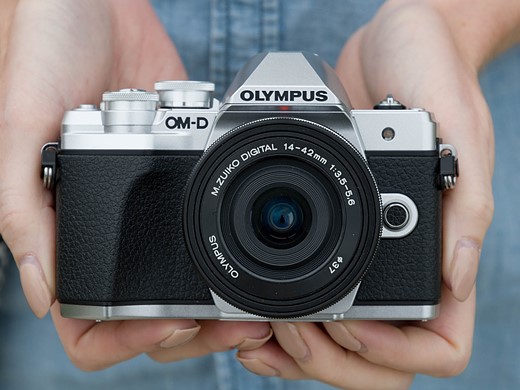

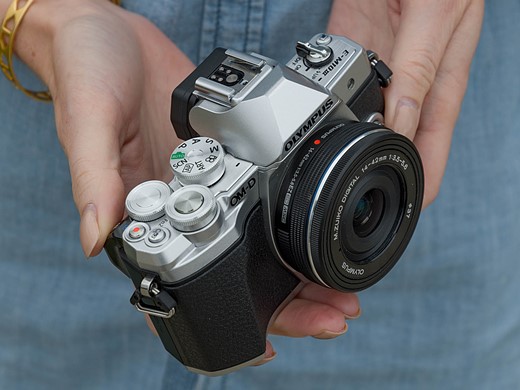
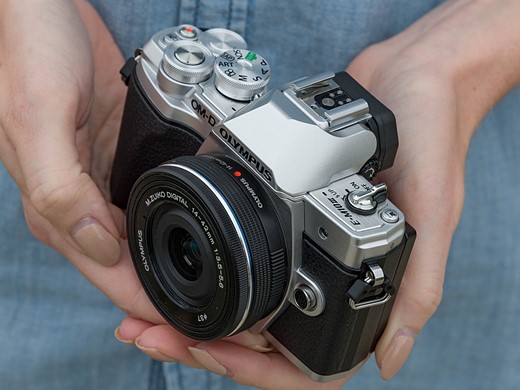
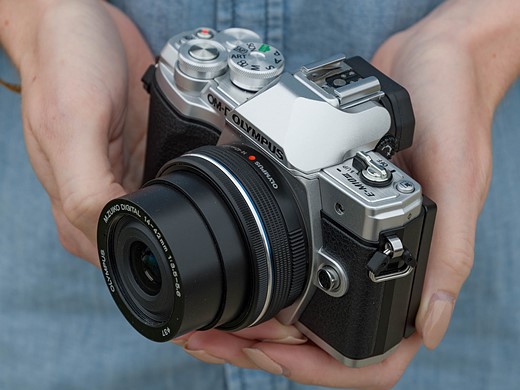





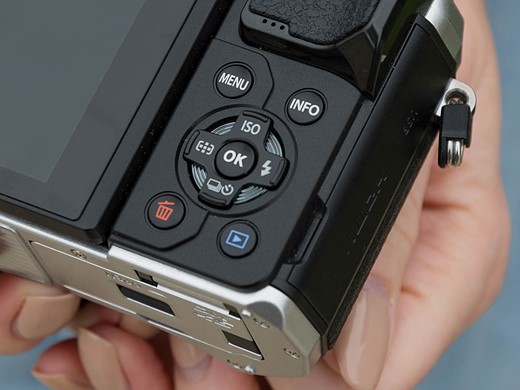


 Odpowiedz z cytatem
Odpowiedz z cytatem